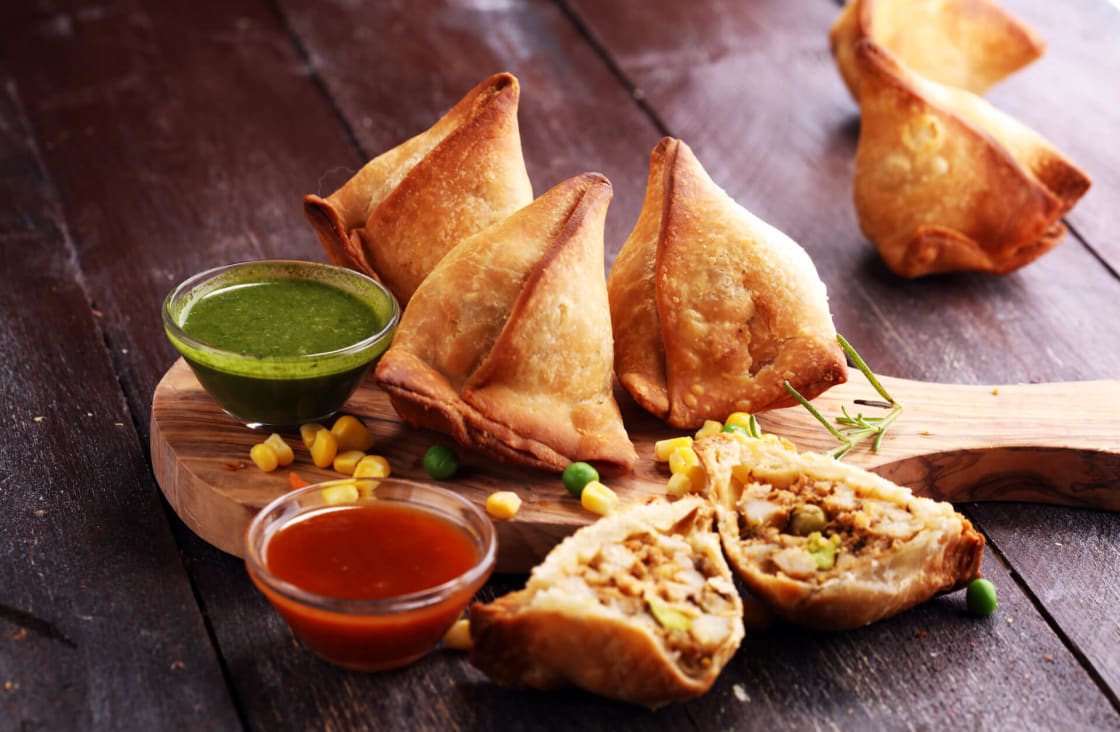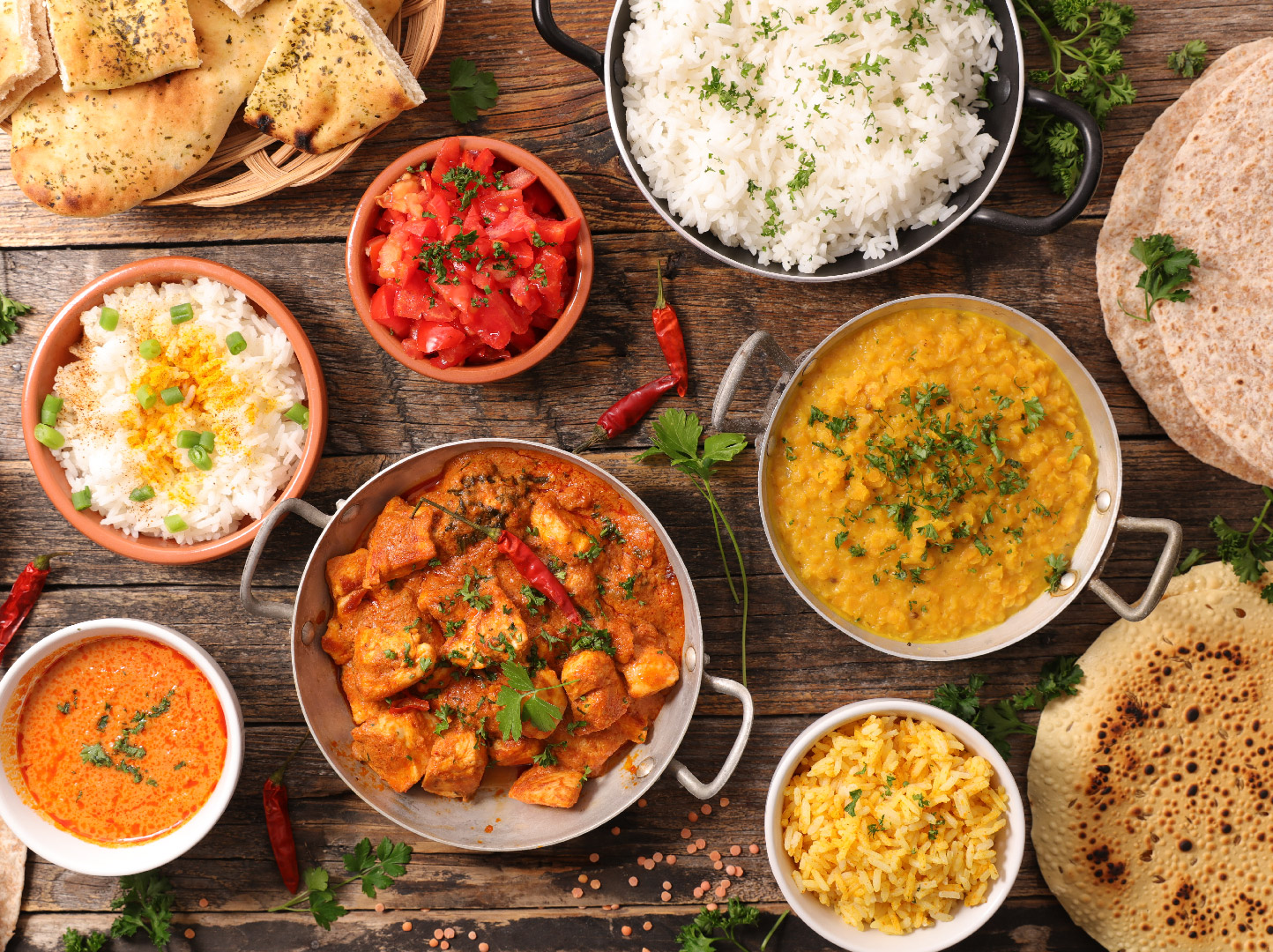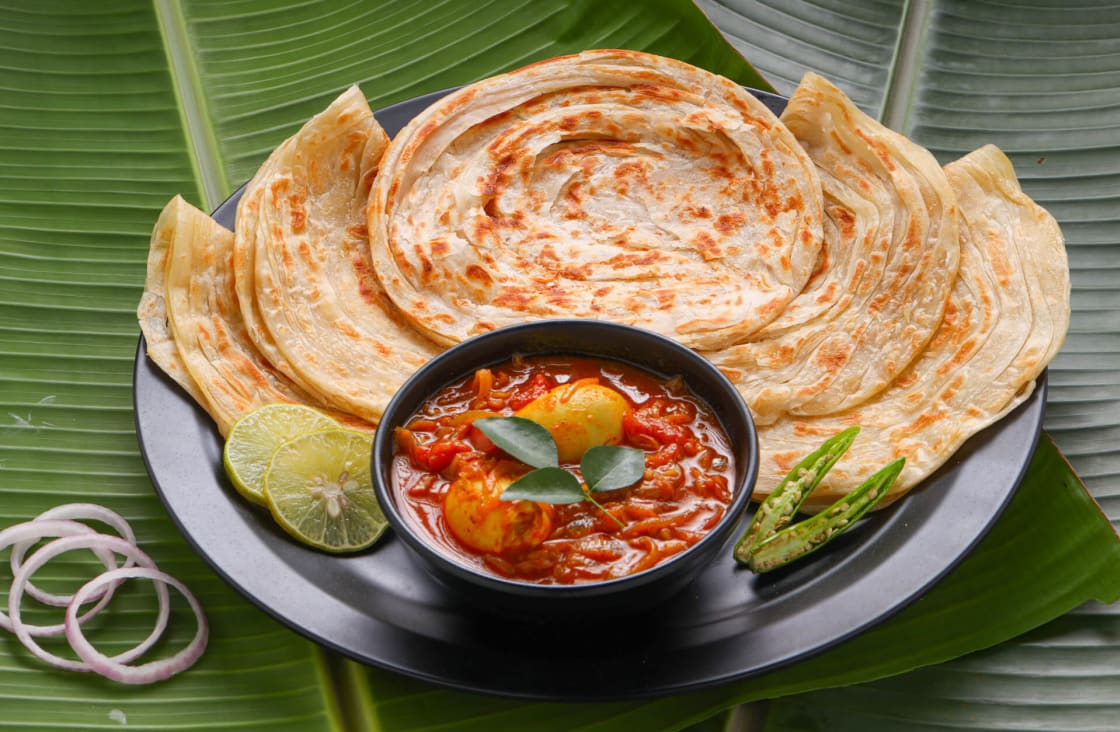What do Japanese people call India?

In Japan, India is known by various names that reflect the country's history, culture, and relationship with Japan. While the most common name for India in Japanese is "Indo" (インド), there are several other intriguing names that Japanese people use to refer to India.
One of the most interesting names for India in Japanese is "Tenjiku" (天竺), which means "heaven" in Japanese. This name reflects the sense of awe and wonder that India has inspired in people throughout history.
Another name for India in Japanese is "Jambudvipa" (東方神州), which means "the land of Jambu trees" in Sanskrit. This name highlights India's lush natural beauty and rich biodiversity.
Furthermore, India is also known as "Tiantai" (天台) in Japanese, which means "heavenly platform." This name emphasizes India's importance as a spiritual and philosophical center.
Additionally, Japanese people refer to India as "Tenjukoku" (天竺国), which means "heavenly land." This name suggests that India is viewed as a sacred and revered land in Japanese culture.
Lastly, India is sometimes called "Tianzhu" (天竺) in Japanese, which is a Chinese-derived term that refers to India. This name reflects the historical and cultural connections between China, Japan, and India.
Overall, the various names that Japanese people use to refer to India offer a fascinating glimpse into the perceptions and attitudes that Japan has towards this diverse and vibrant country. Whether it's as "Tenjiku," "Jambudvipa," or "Tiantai," India holds a special place in the hearts and minds of the Japanese people.



